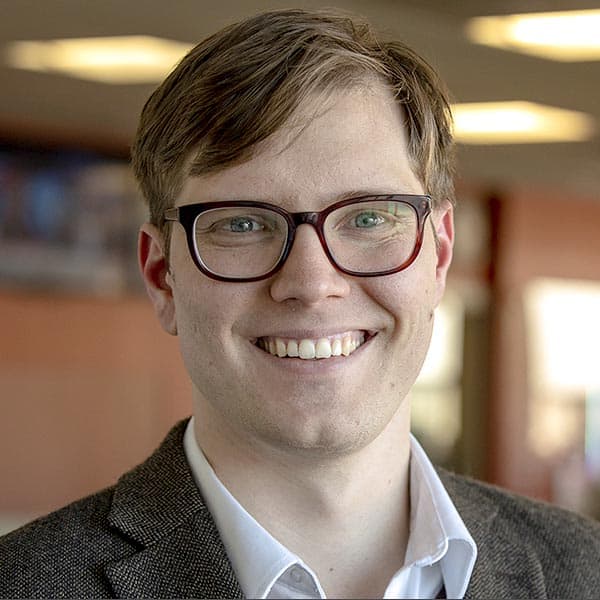Advertisement
Going off-grid: How one family did it and what they learned
Resume
In the early days of the COVID-19 lockdown, Eric Mack moved his family into a half-built house outside Taos, New Mexico, and devoted himself to going off the grid.
“Everyone needed a pandemic project, and this turned out to be ours,” he says. “My wife and I, we've always had an interest in being more independent. It just kind of seemed like the right time.”
People have pursued self-sufficient housing for a long time, seeking to simplify their lives and lessen their impact on the environment by securing their own supplies of power and water.
Northern New Mexico in particular is a hotbed for sustainable design ideas and off-grid enthusiasts: A community of off-grid “Earthships” outside Taos promises residents “sustainable, autonomous” homes made from recycled materials; others have slashed their energy bills using modern green building principles or traditional methods of building with earth.
But living off the grid is not easy — and can be costly.
Here & Now’s Peter O’Dowd asked Mack — a contributing editor for the tech review publication CNET — how his family did it and what they learned. Mack writes about living off-grid on his website.
7 questions with Eric Mack
What was the state of your house when you first got to work on it?
“The house was complete. Like the structure was complete, but none of the systems had been installed. There was no wiring and the plumbing hadn't been put in yet. Basically, everything else that you would need to live day-to-day.”
Did you have this handiness and these home-building skills going into it?
“No, not really. I had installed a solar panel like on a travel trailer and had fixed leaks and stuff around the house. But I have some friends that are handy that I could lean on.
“YouTube was a really excellent resource for this. We were all locked at home, so I kind of took advantage of it to up-level those skills.”
What did it take to get your rainwater storage tanks, composting toilet, and hot water systems up and running?
“We made some sacrifices that some folks might have a hard time with, but that was part of the philosophy. One of those was to conserve water. We opted to use a waterless compost toilet.
“We got two huge tanks — 1,600 gallons each -– to go in the backyard and connect those to the gutters to collect rainwater. When there's not enough rain, you can actually get water delivered.
“I also can haul 200 gallons at a time in the back of my truck from a community well.”
Was the power system — running on solar and batteries — as complex as you expected?
“The power system was kind of funny because you need power to be able to get on YouTube to figure out how to set up a power system! One professional installation that I did have to have done was to get internet installed.So that came first.
“There were a few weeks where I was running internet off of a car battery that I would recharge with the car to keep the internet powered so that I could have enough YouTube access to install the real solar panels in the backyard.”
How much did this cost you?
“It was a lot less than I think most people would expect. Most of that savings comes from the fact that I was doing all the labor myself. I found a local guy who had done a lot of installations and just sat down with him for an afternoon.
“The cost of the solar system alone was about $3,000. We cut some corners there. We used flooded lead-acid golf cart batteries initially, that I wouldn't recommend. The lithium-ion batteries that are out there now are just so much better. They are three times as expensive, but they last three times as long.
“Realistically, if you were to hire contractors to do all this — which you should — I think you would probably at least have to double the overall cost by adding those labor costs.”
Now that you've been there for a few years and you've had this experience, do you think that living this way is a net positive for the environment?
“Because I've had to do all these things, I now know how to fix all of it. I'm almost never calling somebody to drive out and fix something for me, or waiting around for weeks or months for them to become available.
“As your knowledge and skills grow and as your capacity to be more independent grows, it makes the whole system more efficient. We really do never pay a utility bill, and we kind of just magically have all the power we need by pulling it out of thin air. I think there's something to that.”
I'm sure along the way, you've had some pretty outlandish failures. Are you willing to share any?
“During those earliest days, when I was running everything for a couple of weeks off of a 12-volt car battery, you really shouldn't try to run a full-size vacuum cleaner off of that because smoke will result. There are ups and downs for sure.”
James Perkins Mastromarino produced and edited this interview for broadcast with Catherine Welch. Chris Bentley also adapted it for the web.
This segment aired on June 26, 2024.

